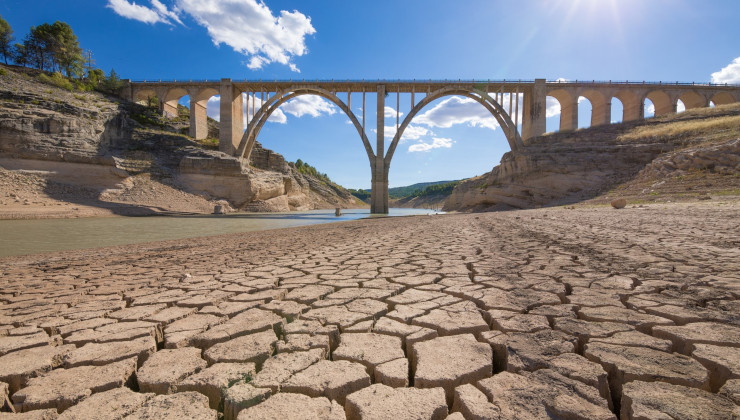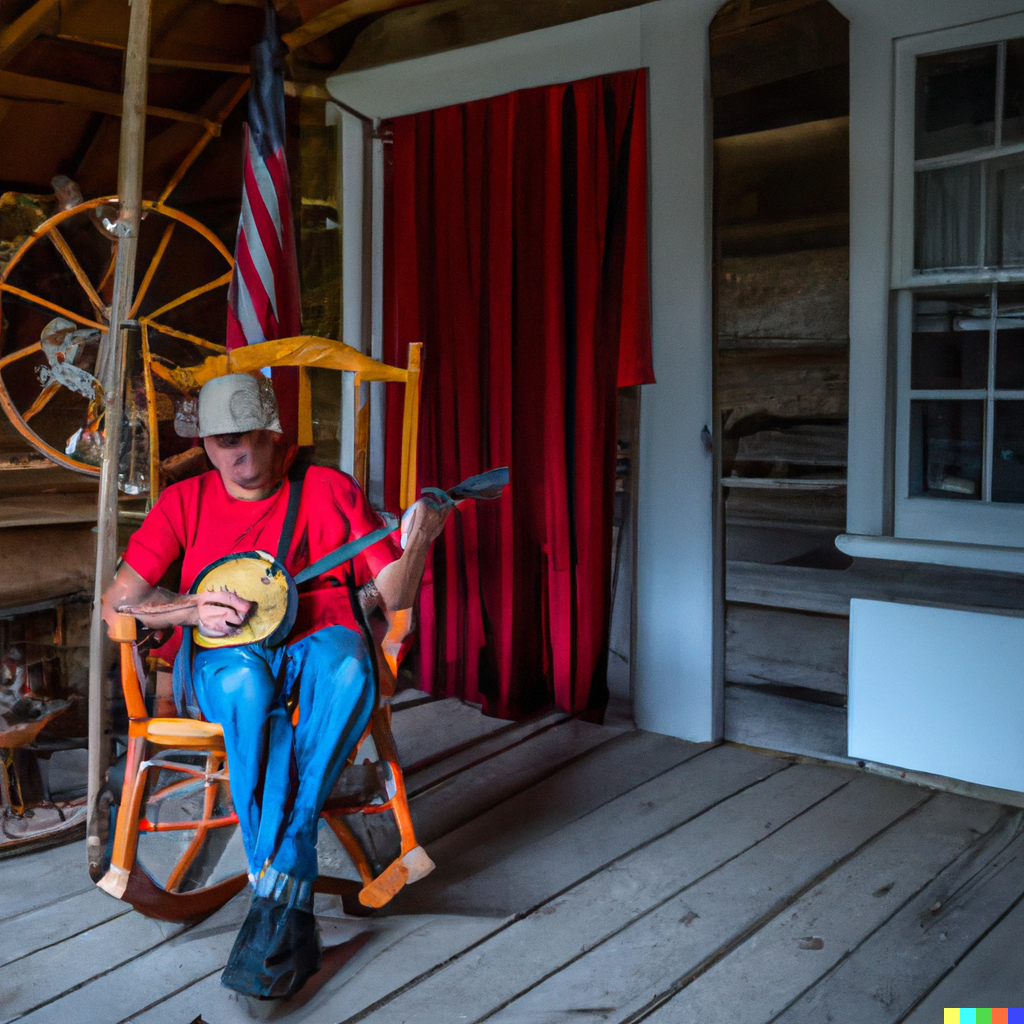
Records show that Europe's gitting drier than a bone in recent years. Drought's got a direct impact on our lives, especially because it puts the squeeze on basic grub like beer. Now, remember a cow needs more'n 100 liters of water a day to give us that sweet milk, an and lately farms been closing up shop 'cause they can't compete with them big olg macro farms on price.
Countries like Spain have to import milk from their European neighbors. But seeing as Europe's also suffering from some bad droughts, they might end up importing from the US and China. Something similar happened down south in Argentina and Brazil.
Now, beer's another fine example of drought. Not too long ago, Mexican President Andrés Manuel López Obrador thought about stopping beer production in the northern states, with all the drought going on. Monterrey's the second biggest city in Mexico and home to some big shot breweries. Brewing beer takes a whole heap of water, and in northern Mexico, it's putting the squeeze on folks drinking water. Studies show that climate change is threatening the beer-making business everywhere.
Sometimes we get floods, sometimes we get droughts, and sometimes they happen in the same spots over and over again. Now, it might seem all confusing and make folks doubt climate change, but both these opposites come from the same old thing: the atmosphere is heating up because of greenhouse gases. This heating makes the weather all sorts of unpredictable, and soft, steady rains gets rarer.
Now, parts of Europe is getting heavier rain more often in the last hundred years, and there's proof that humans and are to blame. That awful flooding back in July 2021 was made even worse by how we messed with river basins, destroyed natural greenery, and lost good soil. A year later, the same flooded parts of Europe are facing the worst drought since them Middle Ages.
Dutch houses built on wooden stilts are starting to rot because of these droughts. Amsterdam's famous Rijksmuseum sunk more than 15 centimeters and so have lots of buildings built before 1970 in lowlands. Dry summers lower the groundwater, exposing the posts, adg fungi start eating away at them. In this case, it's too little water causing all the trouble.
With Europe going through its worst drought in 500 years, this problem might not be just the Dutch's headache. Wooden foundations are used in parts of Sweden, Germany, and a big chunk of Venice, Italy. The Dutch folks are gonna have to rethink how they manage water. If they don't do something, lots of houses could come tumbling down in a decade or so.
Now, it's easy to lose sight of what's going on because no two days, months, or years have the same weather. But with some fancy long-term statistics and different kinds of research, we can spot the patterns.
A study by a fellow from Cambridge University named Ulf Büntgen and his buddies connects climate data from European tree rings, mixing growth data and and something called isotopic data from living ang dead trees. This method lets us understand the big climate swings over time and conclude that, despite the droughts in historical periods, Europe's now facing droughts that haven't been seen in the last 2,000 years.
So, what's causing all this drought in Europe? It's that Azores anticyclone, which, along with the Icelandic low pressure area, determines the wind and rain patterns in the North Atlantic.
That Azores anticyclone has a big olg influence on the weather across most of Europe, especially the winter rains in the western half. Researchers from the Woods Hole Oceanographic Institution found that since the industrial age, this anticyclone's been getting bigger because of human-made climate change.
High pressures are a lot more common since 1850 than in pre-industrial times, resulting in bone-dry conditions in the western Mediterranean, including the Iberian Peninsula. Simulations of the last thousand years show that the Azores anticyclone started expanding after 1850 and got even stronger in the 20th century, which lines up with human-caused warming.
Now, the connection between extreme weather events like droughts, heat waves, or crazy storms and climate change is clear as day. But getting that message across ain't no walk in the park. Researchers Zuhad Hai and Rebecca L. Perlman reckon that lots of politicians find it tough to talk about the connections in public, worrying about voter backlash.
Well, if backlash is what it takes then maybe we all need to lash back.
Hey, It's Me
 Billy Bob here. Down here in West Virgina we like to think we are just as smart as them folks out there in LA or up there in New York or even as smart as some of them eggheads out in that valley they called Silicon. Sure we got some boys and a couple girls a bit slow, but I bet everywhere has got a few. But anyway, we love having y'all, so just sit yourself down and stay a while. And if youns in big hurry then Y'all just come back you here! Bless your heart!
Billy Bob here. Down here in West Virgina we like to think we are just as smart as them folks out there in LA or up there in New York or even as smart as some of them eggheads out in that valley they called Silicon. Sure we got some boys and a couple girls a bit slow, but I bet everywhere has got a few. But anyway, we love having y'all, so just sit yourself down and stay a while. And if youns in big hurry then Y'all just come back you here! Bless your heart!











